[Via @StephanPastis on the Twitter]
But what term is “correct”? POCHO Jefe-in-Chief Lalo Alcaraz explained it all to NBC Latino
Mas…Pearls Before Swine: Meet Raul, my new Mexican friend (toon)
[Via @StephanPastis on the Twitter]
But what term is “correct”? POCHO Jefe-in-Chief Lalo Alcaraz explained it all to NBC Latino
Mas…Pearls Before Swine: Meet Raul, my new Mexican friend (toon)
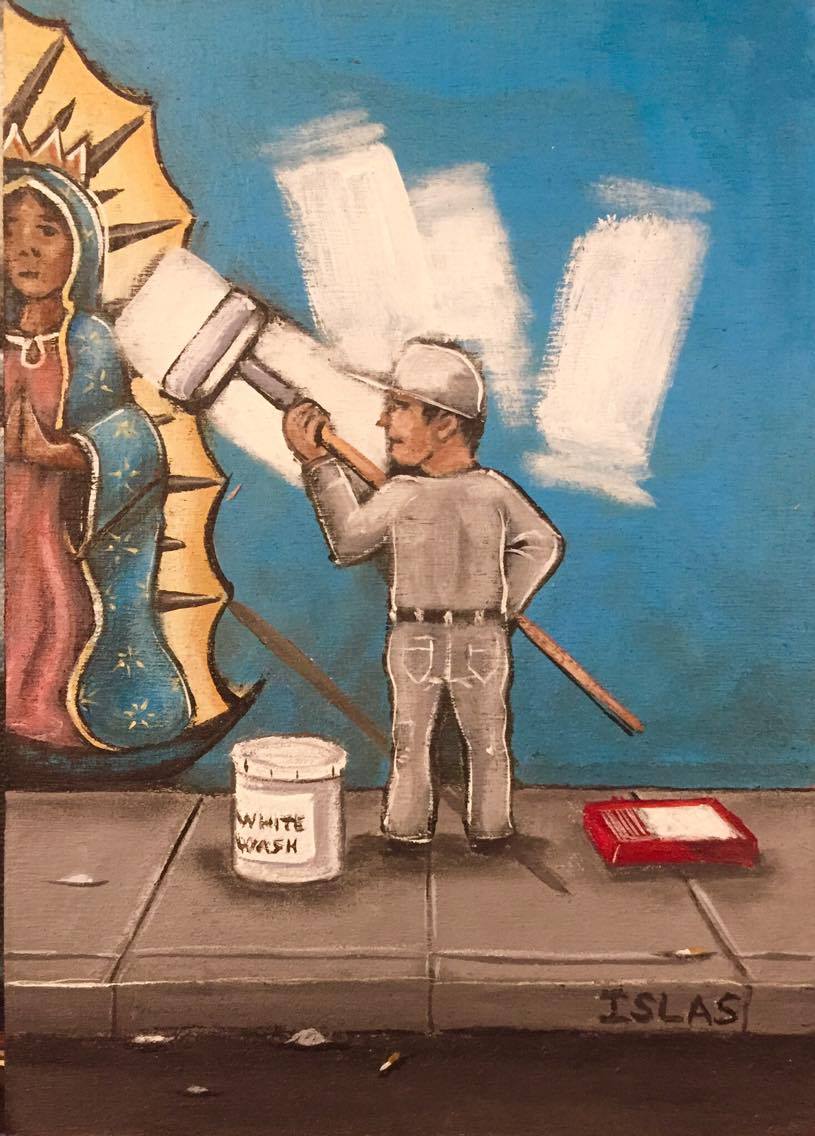 San Diego artist Ricardo Islas used acrylic on wood to create this miniature 5″ x 7″ gem — Gentrification.
San Diego artist Ricardo Islas used acrylic on wood to create this miniature 5″ x 7″ gem — Gentrification.
PREVIOUSLY ON GENTRIFICATION:
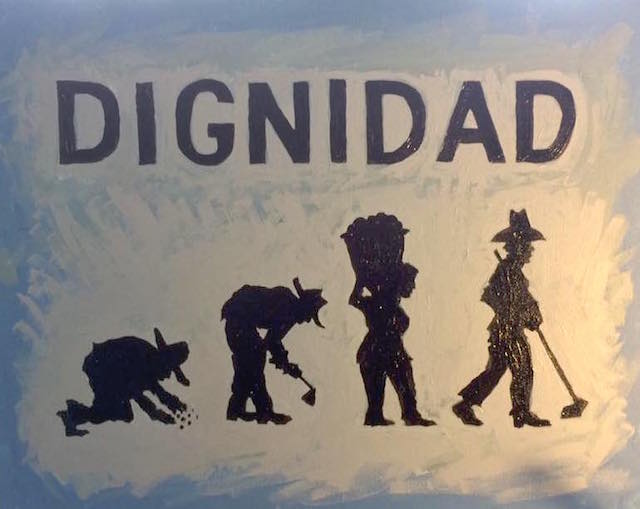 When I first applied to UCLA, I wrote in my personal essay that I didn’t have any positive role models in my violent neighborhood.
When I first applied to UCLA, I wrote in my personal essay that I didn’t have any positive role models in my violent neighborhood.
Having grown up in East Los Angeles’ Ramona Gardens housing project, I wrote that most of the adults represented gang members, drug dealers, thieves, tecatos (heroin addicts), alcoholics, felons and high school dropouts (or push-outs). I also wrote about my disdain for housing authority officials and government workers for behaving like prison wardens and guards toward us: project residents who depended on government aid or welfare.
Moreover, I decried the police abuse that I had witnessed and experienced, like the time when a cop pointed a gun at me. My crime: being a 15-year-old making a rolling stop while learning how to drive.
Mexican, American or both? Residents of Elkhart County, Indiana, talk to The Elkhart Truth.
And this wonderful music video from Los Cenzontles expresses the same sentiments in song:
Mas…Regular gente plus Los Cenzontles: ‘I’m a Mexican-American’ (videos)
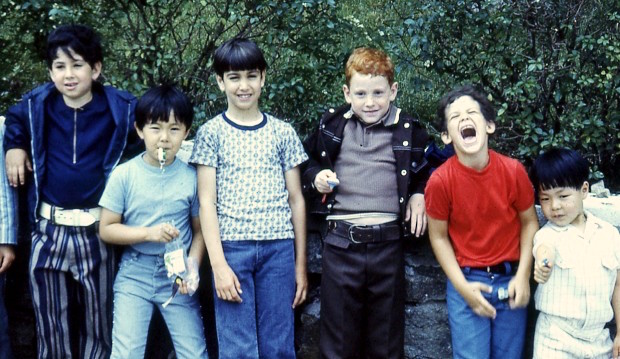 I’m pretty sure I was the only redhead at the NYU Latino Law Students Association Gala in the spring of 1990. The food was delicious, my date looked stunning, and I was glad I had jumped on the opportunity when I received the LALSA invitation.
I’m pretty sure I was the only redhead at the NYU Latino Law Students Association Gala in the spring of 1990. The food was delicious, my date looked stunning, and I was glad I had jumped on the opportunity when I received the LALSA invitation.
My journey to that moment began 25 years earlier. I was born in Santiago, Chile in 1965: a third generation Chilean on my father’s side (whose people came from Odessa), and first generation on my mother’s side, who arrived when she was 12 from Hungary.
We left Chile in 1970 after the election of socialist president Salvador Allende. For Mom, socialism was close enough to the Soviet regime she’d fled in Hungary.
I started kindergarten at P.S. 81 in the Bronx. With a curly mop of flaming red hair and speaking only Spanish, I immediately embarked on a lifelong career of not fitting in. I learned English fast, but I still felt like an outsider. I got into X-Men comics because I identified with the mutants.
In the first study of its kind, the American Jewish Committee has taken a comprehensive look at the Americans who claim both a Latino and Jewish identity – all 200,000 of them.
Religion News Service reports:
As a group, Jewish Latinos don’t get much attention — either from Jews or Latinos in the U.S.
Vero Higareda made this video for a class she’s taking at University of Texas Rio Grande Valley. Like so many others, she has been told that she doesn’t look Mexican.
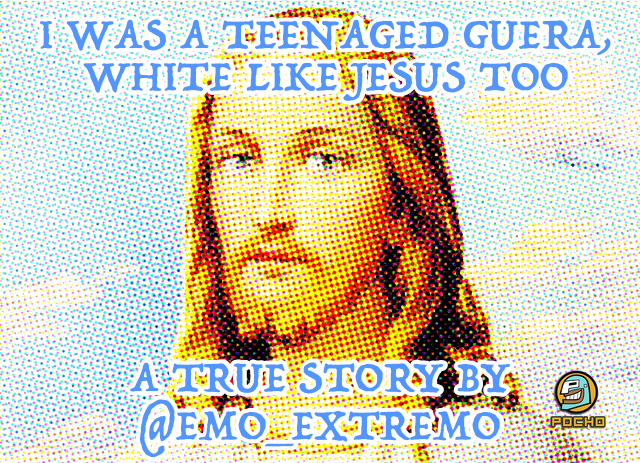 In 1969, my mother registered to vote as a member of La Raza Unida, an independent “third party.”
In 1969, my mother registered to vote as a member of La Raza Unida, an independent “third party.”
When she came home and shared the news with her father — declaring that she was a “Chicana” — he grew angry.
He told her never to use that word, since “Chicano” was a derogatory term when he was growing up.
Despite my mother’s defiance of the patriarchal family regime that day, she never talked much about the importance of our Mexican heritage or exploring the values of Xicanisma.
Mom did send me to an all-girls Catholic high school, however, and maybe that was an attempt at showing me empowerment for women. The school was in 75% white Glendora, though, so our Jesus statues were white (photo, above), just like our feminism.
Mas…True Story: I was a teenaged guera, white like Jesus too
Live from her bedroom, California-native high school senior Allison Reyes explains the heartaches and joys of Being Hispanic. SPOILER: If she had to do it all over again, she wouldn’t change a thing.
It’s not easy being … a Mexican man in Texas, as Zachary Caballero explains to the WANPoetry slam.
WANPoetry (Write About Now) is a community-oriented collective of poets that meet at Avantgarden in Houston, Texas every Wednesday at 7:30 PM with the purpose of providing a platform for poets to share their work.
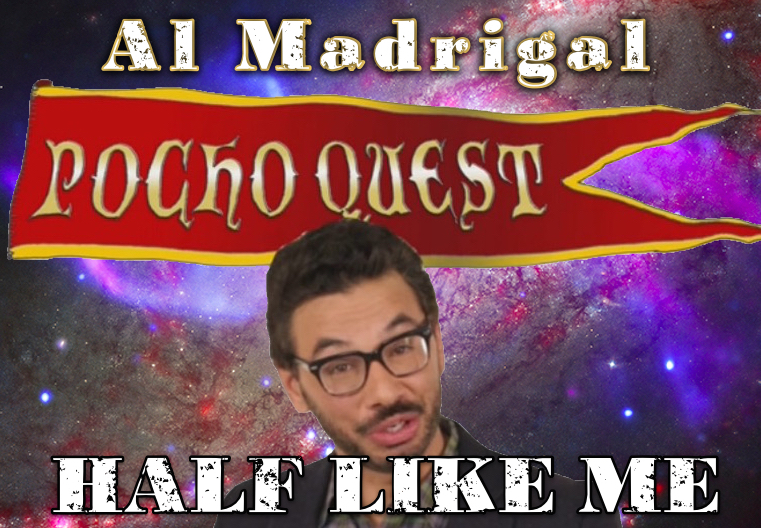 POCHO Migrant Editor Al Madrigal gets some help from POCHO Jefe-in-Chief Lalo Alcaraz and POCHO Associate Naranjero Gustavo Arellano as he tries to understand what it means to be half-Mexican in America.
POCHO Migrant Editor Al Madrigal gets some help from POCHO Jefe-in-Chief Lalo Alcaraz and POCHO Associate Naranjero Gustavo Arellano as he tries to understand what it means to be half-Mexican in America.
Mas…Al Madrigal’s ‘Pocho Quest’: ‘Half Like Me’ (complete video)
Los Cenzontles (The Mockingbirds) are México Americano. Y ustedes tambien? [Words and music by R. Fuentes.]
Mira the lyrics:
Mas…Los Cenzontles: ‘¡Soy México Americano!’ How about you? (video)
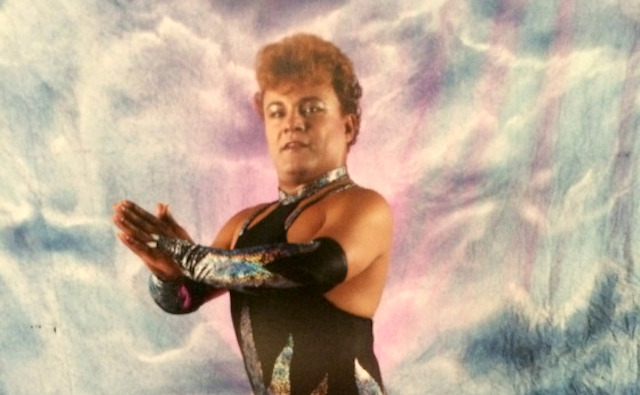 He’s here, he’s queer and he’s the three-time world champion. Meet Cassandro, Luchador Exotico. Arielle Castillo reports for Fusion Live.
He’s here, he’s queer and he’s the three-time world champion. Meet Cassandro, Luchador Exotico. Arielle Castillo reports for Fusion Live.
Mas…He’s big gay Cassandro, the ‘Liberace of Lucha Libre’ (video)
In an Hispanic Heritage Month Latino Heritage Month special video episode, POCHO amigo Gustavo ¡Ask A Mexican! Arellano answers the perennial question: Hispanics? Latinos? WHO ARE YOU PEOPLE?
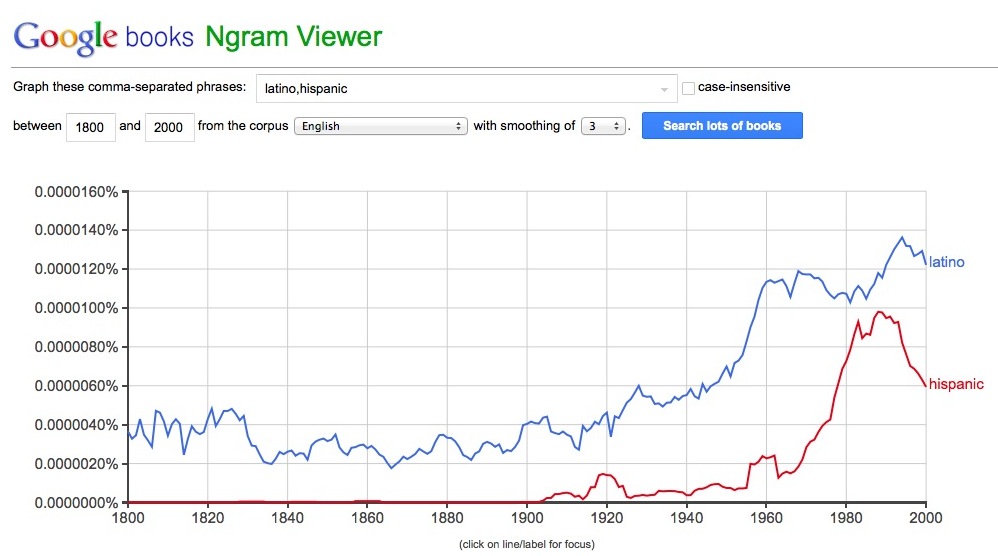 Hispanic or Latino? This question comes up all the time, and not just during Hispanic Heritage Month, which we insist on calling Latino Heritage Month.
Hispanic or Latino? This question comes up all the time, and not just during Hispanic Heritage Month, which we insist on calling Latino Heritage Month.
Is there a trend? We asked the Google NGram Viewer to search their big index of published books to see how many times the word “Latino” and the word “Hispanic” were used over time.
Mas…What’s in a trend? Google tracks ‘Latino’ and ‘Hispanic’ over time
Ever have an awkward moment when you have to pretend to be an Anglo at the taqueria because you don’t speak Spanish? Alfonso “White Boy Mexican” Ochoa reports.
Me llamo el Señor Chang y seré su profesor de español en este semestre.
 (PNS reporting from IRVINE, CA) Roland Vega, 33, formerly known as “Rolando,” has come to an important moment in his life: He’s transitioned from a “Chicano” to a “Hispanic.”
(PNS reporting from IRVINE, CA) Roland Vega, 33, formerly known as “Rolando,” has come to an important moment in his life: He’s transitioned from a “Chicano” to a “Hispanic.”
The decision to change the way he self-identifies came as somewhat of a shock to his family and his homeboys, but not necessarily to Vega’s former Hispanic fraternity brothers.
He made the announcement on Facebook Sunday night.
“You know, Roli — er, I mean, Roland — was always the most radical Chicano in the fraternity, but c’mon man, he was studying accounting. I kinda always knew he was going to end up a Hispanic,” said Ed Taboada, Vega’s college roommate.
Mas…Local Chicano decides to start calling himself ‘Hispanic’
It’s an identity crisis
My parents are Mexican migrants, who stay busy all the time
Spanish is my first language, then almost losing it because of time
My TV only showed Mexicans involved in crime
The stereotypes didn’t represent me
My school peers didn’t believe me
I wasn’t Mexican or White
Being a gringo and Mehican left me asking,
Who am I? Where do I belong to?
Pinche White Boy
Telemundo says it knows the secret to attracting the Millennial generation — so advertisers and marketeers can sell more product. (Spoiler: The secret word is 3BALL MTY.) What do you think? Is this video about you?
But wait! What does Univision have to say?
Mas…Attention Latino ‘Millennials’: Is this your story? (video)
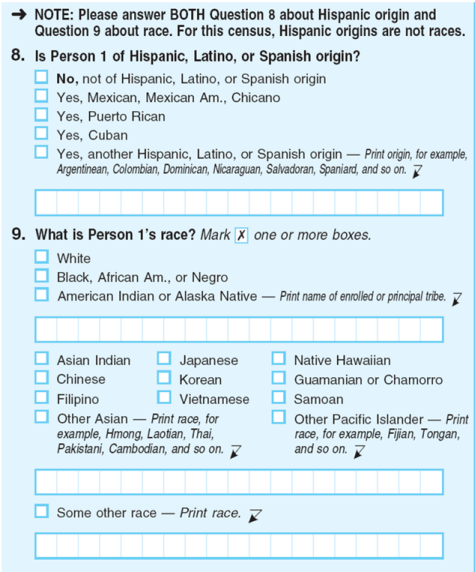
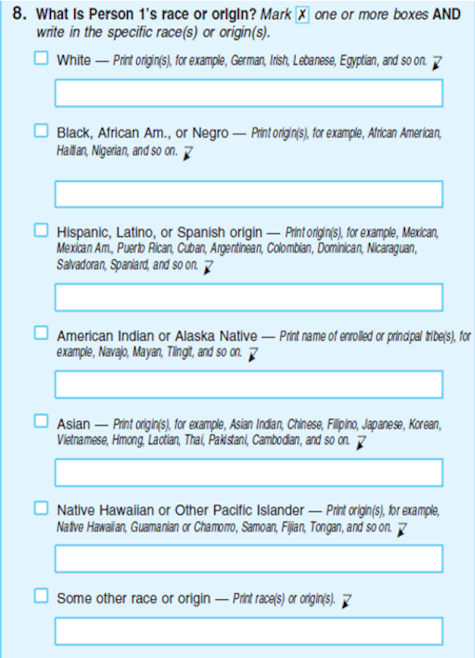 The tricky choose-your-own race/ethnic questions in the 2010 United States Census didn’t work out as planned.
The tricky choose-your-own race/ethnic questions in the 2010 United States Census didn’t work out as planned.
“As many as 6.2% of census respondents selected only “some other race” in the 2010 census (photo, top), the vast majority of whom were Hispanic,” the Pew Research Center reports.
The 2010 Census form asked two questions about race and ethnicity. First, people were asked whether they are of Hispanic, Latino or Spanish origin.
Then they were asked to choose one or more of 15 options that make up five race categories — white, black, American Indian/Alaska Native, Asian, or Native Hawaiian/Other Pacific Islander.
A separate question about Hispanic origin has been asked of all households since 1980, and the census form specifically instructs respondents that Hispanic origins are not races.
To address concerns about a rising share of “some other race” selections, a combined race and ethnicity question is under consideration for 2020 (photo, bottom), in which people would be offered all the race and Hispanic options in one place.
They could check a box to identify as white, black, Hispanic/Latino/Spanish origin, American Indian/Alaska Native, Asian, Native Hawaiian/Other Pacific Islander or some other race or origin.
The Aztecs and Mayans released the magic of chocolate (originally, xocolatl) to the world, only to lose the industry to Europe. Now, growing and processing chocolate in Mexico is virtually an An Act of Resistance. Video by The Perennial Plate. To find out about food tours like this, check out Intrepid Travel.
 Where are you from?
Where are you from?That is a simple question, isn’t? Well, for some of us, the answer is not so straight forward.
My experience in London in the past four months has included fascinating dialogue with people I have come across. It is one thing I have come to expect from such a global city where you are bound to meet people from so many places around the world.
Such interactions have sparked in me the need to explore my conception of identity as part of my own self-discovery process. Primarily because most of us conflate place of origin and ethnicity with identity.
If I claim to be from a certain part of the world, what does that mean about the way others expect me to look, speak, act and be? In engaging in this inquiry, the first realization I have made is that the answer to the question of “Where are you from?” is very telling not only about one’s own perception of identity but also of the one imposed by others.
A spoken word meditation on skin, hair, race, ethnicity, categories and stereotypes from Amani Hayes-Messinger. Since you were asking, she’s from Boston.
PREVIOUSLY ON STEREOTYPES:
Eddie Gee (@omgitseddieg on the Twitter) is all about the pochismo and explains why. Don’t miss the quick graphic shoutout to POCHO Jefe-in-Chief Lalo Alcaraz.
PREVIOUSLY ON SOY POCHO:
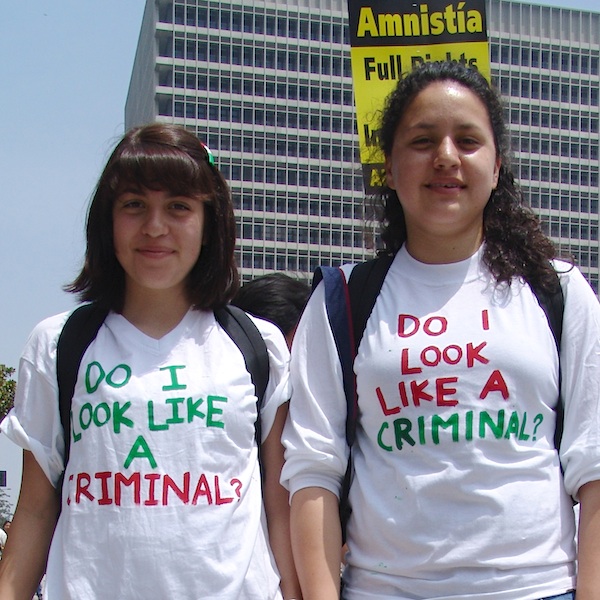 I’m often asked, “Where were you born?”
I’m often asked, “Where were you born?”
My answer? Houston, Texas.
“Where were your parents born?”
El Paso, Texas.
“Where were your grandparents born?”
El Paso, Texas, Balmorhea, Texas and Ft. Davis, Texas.
That is when people usually start to get frustrated and ask, “Well, where is your family from originally?”
The actual meaning behind this statement is “You are a brown-skinned woman and brown-skinned women are not native to the U.S.”
My answers explain that I am not the stranger. Texas, New Mexico, Arizona, California, Colorado, Nevada and Utah were all once part of Mexico, after all.
Mas…Feminists: The struggles of immigrants are our struggles, too
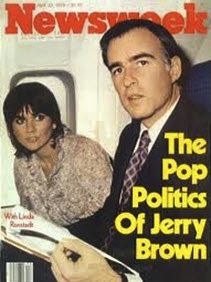 “White Hispanic” is one of mainstream media’s hottest new buzzwords, a term that has leaped off of old census forms and job applications to join the ranks of “twerking,” “3-D printing,” and “Death to Edward Snowden!”
“White Hispanic” is one of mainstream media’s hottest new buzzwords, a term that has leaped off of old census forms and job applications to join the ranks of “twerking,” “3-D printing,” and “Death to Edward Snowden!”
The mainstream media needs to distinguish between different colors of Latinos because it was too polite to ask “Why is Trayvon Martin’s killer, George Zimmerman, so… DARK for his name? And isn’t Aaron Hernandez, that allegedly trigger-happy New England Patriots player, a little… LIGHT for his?”
I guess I could be called a “White Hispanic,” as my dad’s from Colombia and my Yiddishe momme reps Brooklyn. I really wish it didn’t take two high-profile killings to bring Latino-and-white people into the public eye, but Linda Ronstadt (photo) and Joan Baez aren’t making new albums and Little Ricky’s been off TV for a while.
Mas…White Hispanics: ‘Hey! We’re not ALL murderous douchebags’
 (PNS reporting from PORTLAND) Mario Rojas grew up in a tough Chicago barrio, but since he moved here for college he’s gotten soft, according his friends and family. His old street cred is gone, they worry, and he doesn’t resemble the Mario they used to know.
(PNS reporting from PORTLAND) Mario Rojas grew up in a tough Chicago barrio, but since he moved here for college he’s gotten soft, according his friends and family. His old street cred is gone, they worry, and he doesn’t resemble the Mario they used to know.
“He’s all into that hipster shit, organic and whatever, qué es eso? Organic ni nada, ponte a trabajar!” said Rojas’ father, Mario Sr., when contacted by PNS.
Eating a gluten-free alfalfa sprout and chevre cheese taco on an organic blue corn tortilla — and then getting tagged in an Instagram photo by his friend Maggie — didn’t helped Mario Jr.’s reputation either. Until the stylized photographic foul-up, Rojas kept his family in the dark by never sharing pictures of his newly-grown beard, clothes, or food preferences.
Mas…PDX resident loses street cred after Whole Foods Instagram snafu
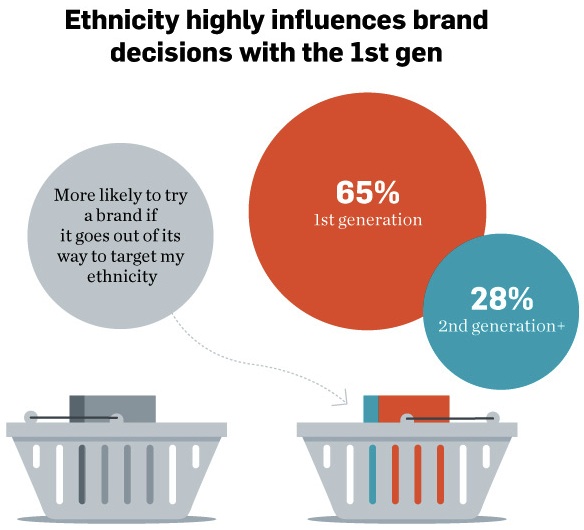 They’re confused, the poor marketeers. They try so hard to sell fish esticks and bleach and PETA to “Hispanics,” but they are low and slow on the learning curve.
They’re confused, the poor marketeers. They try so hard to sell fish esticks and bleach and PETA to “Hispanics,” but they are low and slow on the learning curve.
Nearly Half of Second-Gen Hispanics Feel Like Ads Don’t Target Them, laments the tradezine Adweek.
You mean pochos with limited/zero Spanish aren’t picking up trendy brand tips watching telenovelas on Spanish-language TV? And nobody reading this story really cares all that much about Juanes’ aftershave? What’s an earnest marketeer to do?
Los Pochodores are here to help with the Pocho Ocho best ways to reach out to that elusive “Hispanic” market:
 |
 |
I consider myself Latina, close to my family’s Mexican culture; I’m bilingual and I’m happy with that identity. But, more often than not, it seems like everyone else is trying to corral me into some other identity, telling me that mine is not sufficient.
The neighborhood where I live (photos, above) is a perfect example.
It’s split in two: one part of it is gentrifying rapidly, and the other is filled with Mexican and many immigrant families. I where it’s more Mexican, which makes me — in all my professional hipster-ness — stand out sometimes, but people still speak to me in Spanish and often I just become part of the scenery. But then there are other times.
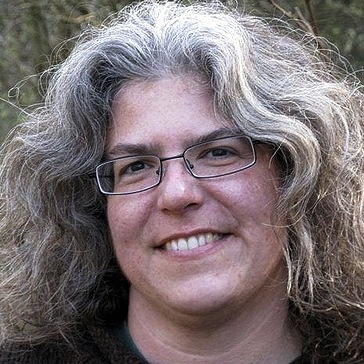 (PNS reporting from EAST LOS ANGELES) María de Luz Guzmán Villa had a disturbing realization this week: being a lesbian in grad school does not make her more like the Mexican icon Frida Kahlo.
(PNS reporting from EAST LOS ANGELES) María de Luz Guzmán Villa had a disturbing realization this week: being a lesbian in grad school does not make her more like the Mexican icon Frida Kahlo.
Like many others, Guzmán Villa first experimented with trying to be like Frida, especially her lesbian tendencies, after her first Intro to Chicano Studies course at Cal State L.A.
But instead of giving up her fascination upon graduation, she gave up her boyfriend César and applied to grad school.
Mas…Grad student realizes lesbian tendencies don’t make her Frida Kahlo